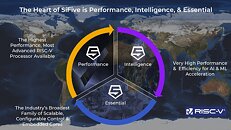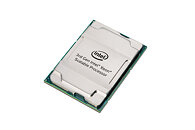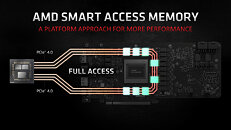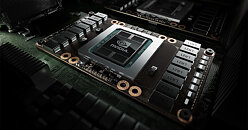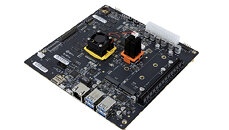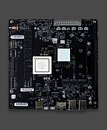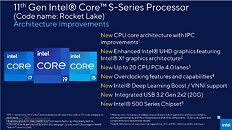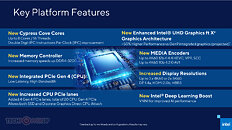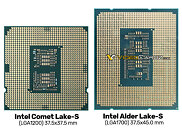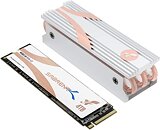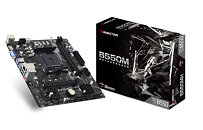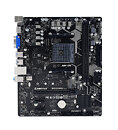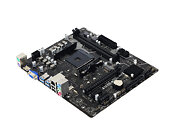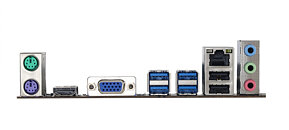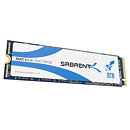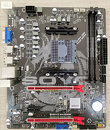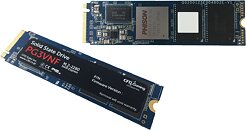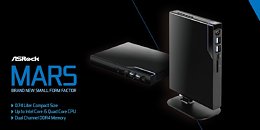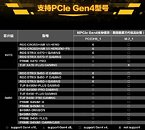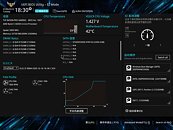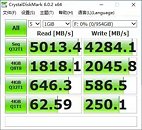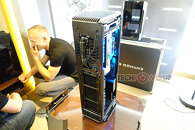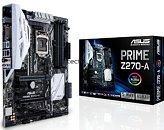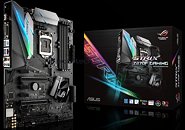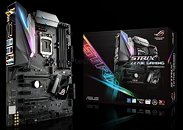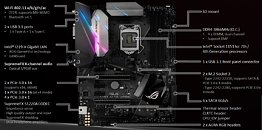ATP SATA SSDs Qualify for Compatibility and Interoperability with Microchip's New Tri-Mode Storage Adapters
ATP Electronics, a global leader in specialized storage and memory solutions, has announced that its A600Sc Series serial ATA solid state drives (SATA SSDs) have been successfully qualified for compatibility and interoperability with Adaptec Smart Storage PCIe Gen 4 Tri-Mode SmartRAID 3200, SmartHBA 2200, and HBA 1200 Smart Storage adapters.
Designed for storage platforms in next-generation data centers, the Adaptec PCIe Gen 4 SAS/SATA/NVMe HBA and RAID tri-mode adapters deliver significantly higher performance through PCIe Gen 4 x16 CPU interfaces as well as SAS and SATA storage. The new offerings simplify integration and provide flexibility to aggregate diverse storage devices with Microchip's proven security and manageability features for the most demanding server storage applications.
Designed for storage platforms in next-generation data centers, the Adaptec PCIe Gen 4 SAS/SATA/NVMe HBA and RAID tri-mode adapters deliver significantly higher performance through PCIe Gen 4 x16 CPU interfaces as well as SAS and SATA storage. The new offerings simplify integration and provide flexibility to aggregate diverse storage devices with Microchip's proven security and manageability features for the most demanding server storage applications.


